Pneumatic System Design
Pneumatic system design. Low or varying air pressure can negatively impact the final product and overall machine sequence. Pneumatic System Pneumatic System Construction. Material to be conveyed and its flow regime.
Plastics are avoided for static control and contamination reasons. Many considerations of the pneumatic system are under the engineers control. All to ensure the system is.
DESIGN BASICS Modular systems can contain just a few valves or. Modular air-logic systems are often a good bet when a compact economical unit is a must. The type of conveying system is chosen pressure or vacuum parameters are set and sizing for individual parts and equipment is defined.
Some materials may require a full pneumatic conveying test to confirm the conveying regime. Improperly designed conveying systems or process changes can wreak havoc on production lines with blockages in the system irregular feed rates or premature equipment wear. Next select and size of components determine the system pressure level and find the average air consumption rate of all actuators including cylinders air motors air-operated tools and.
With a VAC-U-MAX pneumatic conveying system on site bulk materials move gently and quickly from point to point with nothing in the way to impede the efficiency. This is often caused by insufficient capacity at the air compressor and can also be caused by undersized plant air supply tubing and piping. Sequence valves and other components mount to the manifold subplates.
Their modes of transport are categorized as dilute strand two-phase or dense phase and take into account the characteristics of the particles in terms of the following. This is where pneumatic control provides a surprisingly wide array of solutions. Understanding how the system parameters influence the behavior of conveyed material is key to efficient and reliable pneumatic handling of bulk materials.
A Low Pressure System 1 Positive pressure system 2 Negative pressure system 3 Combined negative-positive pressure system b Medium Pressure System and c High Pressure System Low Pressure System Low pressure systems are ideal for in-plant use to convey non-abrasive or mildly-abrasive dry pulverized materials. VAC-U-MAX specializes in the design and manufacture of pneumatic conveying components systems controls and support equipment for vacuum conveying batching and weighing of bulk materials.
This is often caused by insufficient capacity at the air compressor and can also be caused by undersized plant air supply tubing and piping.
The last sequence valve resets the system to repeat the cycle of operations. Designs are developed to define additional features and to ensure requirements are met. The type of conveying system is chosen pressure or vacuum parameters are set and sizing for individual parts and equipment is defined. Eligibility A candidate with sufficient knowledge of pneumatic components and circuits. Modular air-logic systems are often a good bet when a compact economical unit is a must. Plastics are avoided for static control and contamination reasons. Next select and size of components determine the system pressure level and find the average air consumption rate of all actuators including cylinders air motors air-operated tools and. Pneumatic systems are broken down into three classifications. Material size and size distribution.
Plastics are avoided for static control and contamination reasons. Proud to present the course on Design of Pneumatic Systems. This AutomationDirect NITRA Total Air Prep Unit contains the common air preparation components and allows easy mounting and reduced installation space and cost. Pneumatic sequence controllers provide step-by-step system operation. DESIGN BASICS Modular systems can contain just a few valves or. A pneumatic conveying systems design and functionality are heavily influenced by the materials used in its construction. All to ensure the system is.



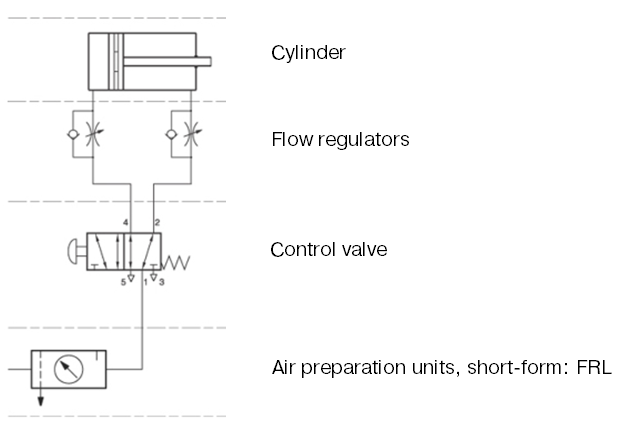
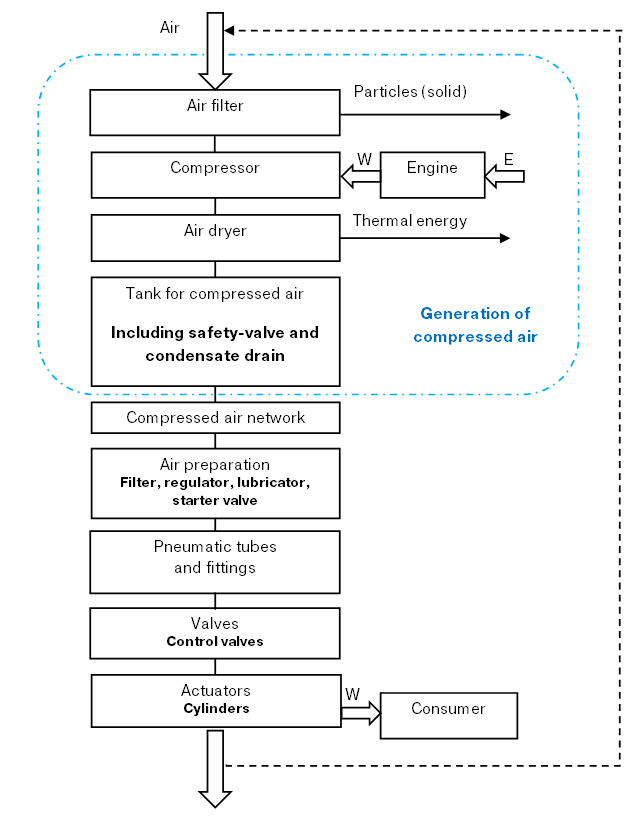

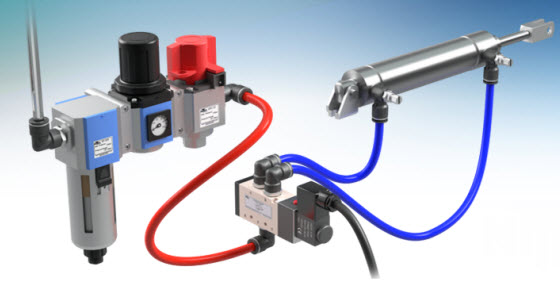

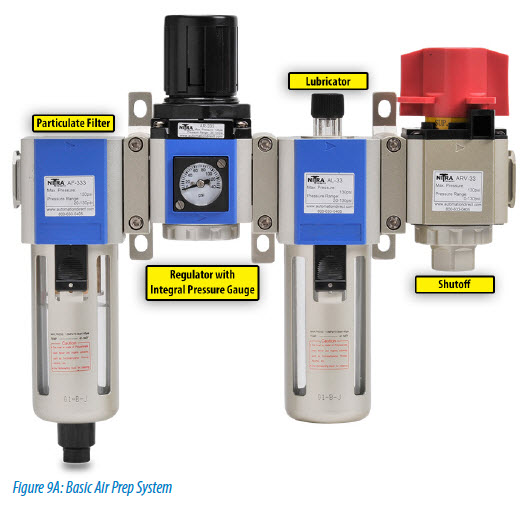
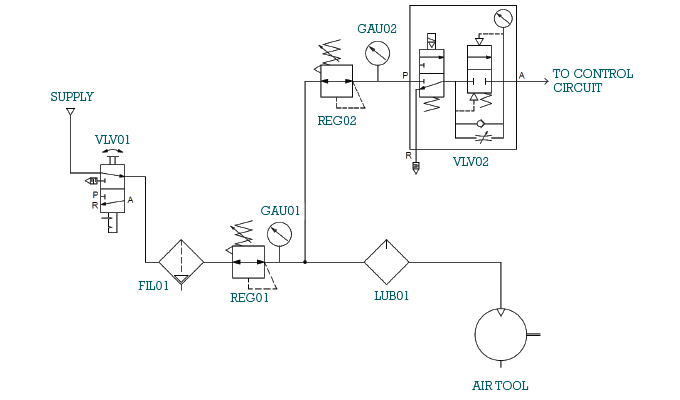

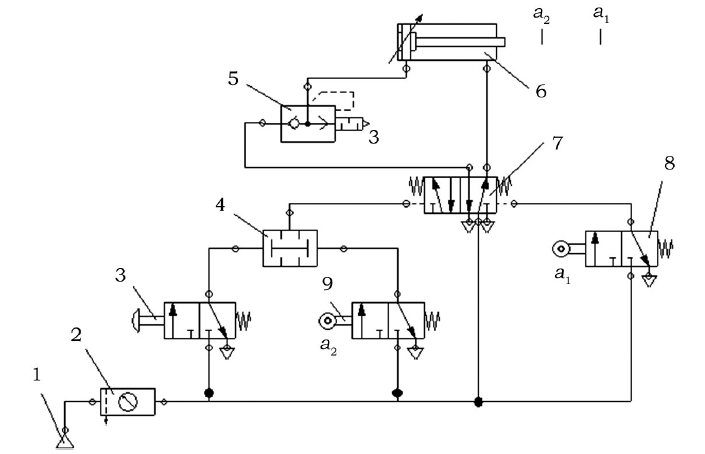

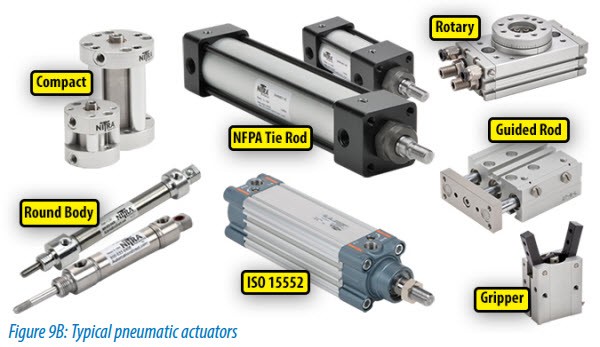

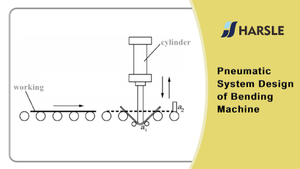








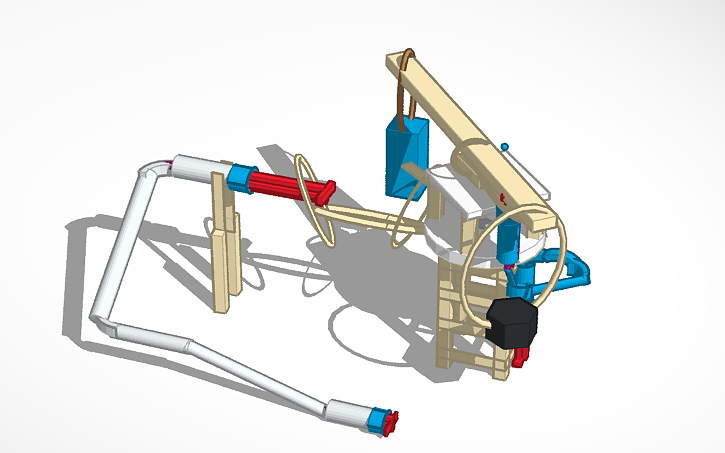





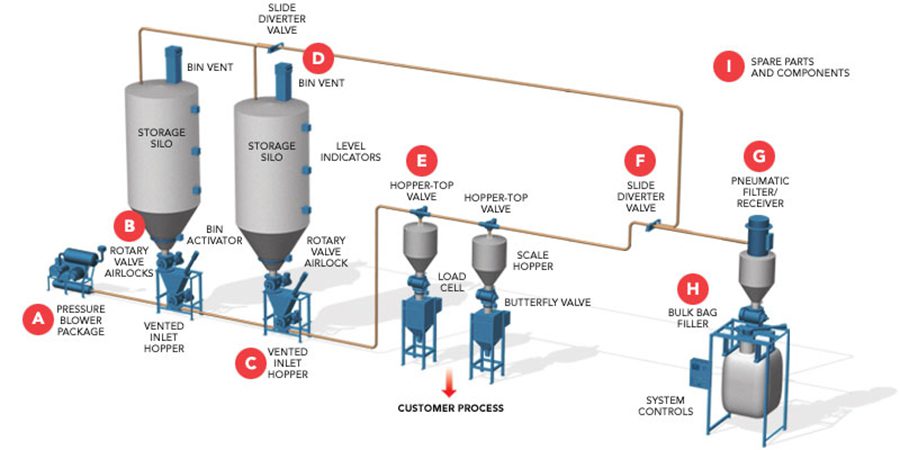

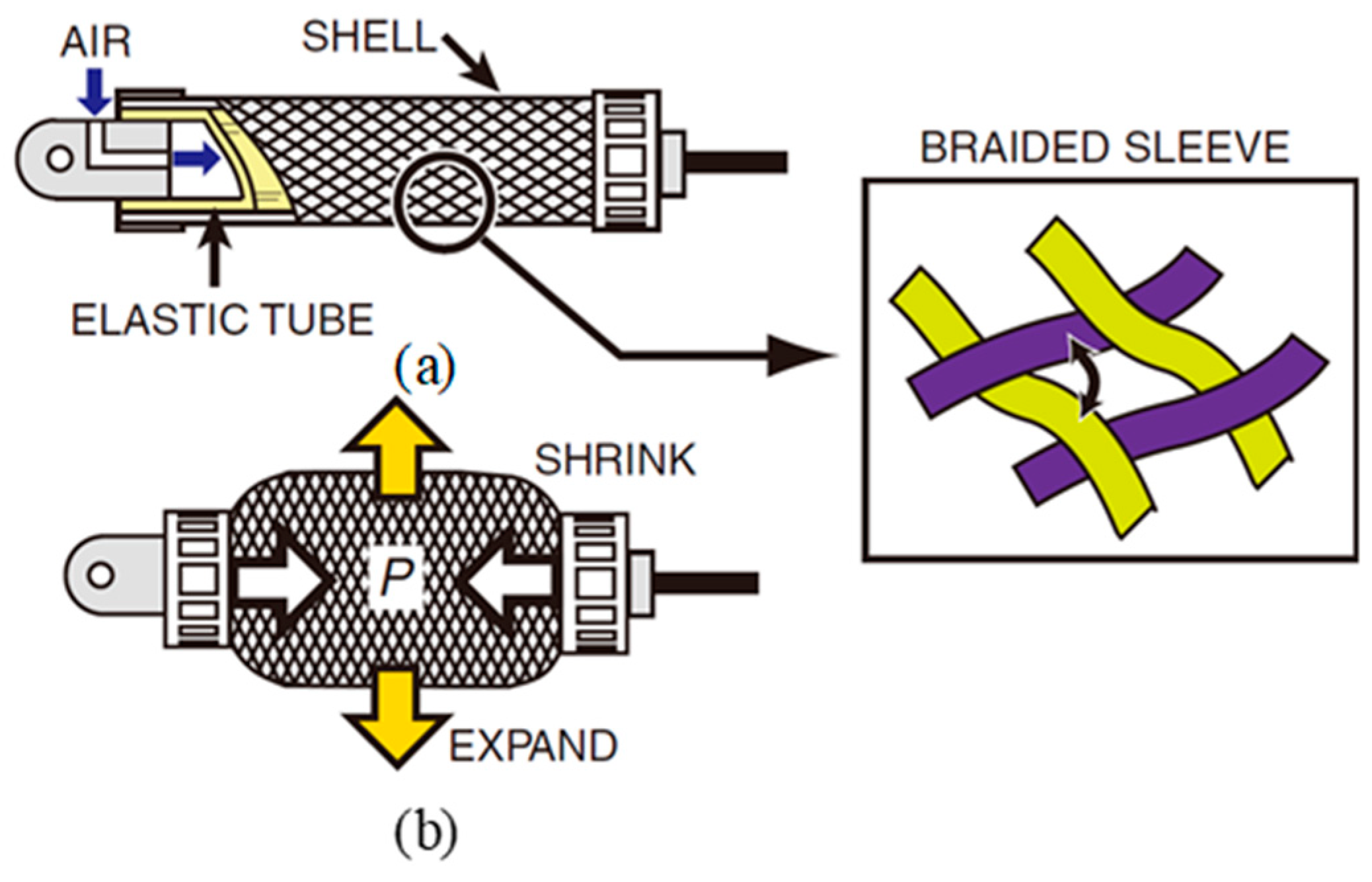
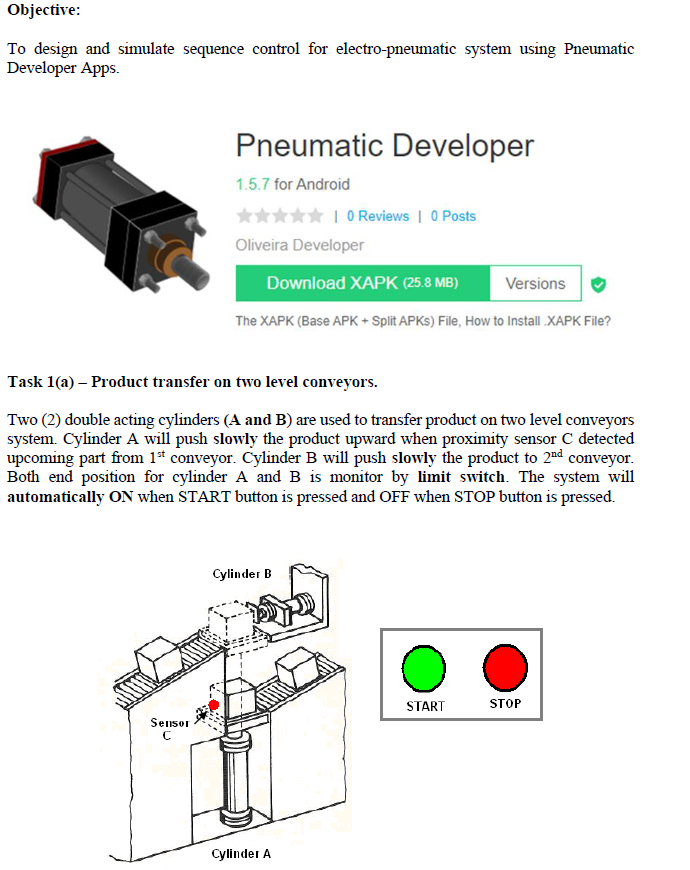


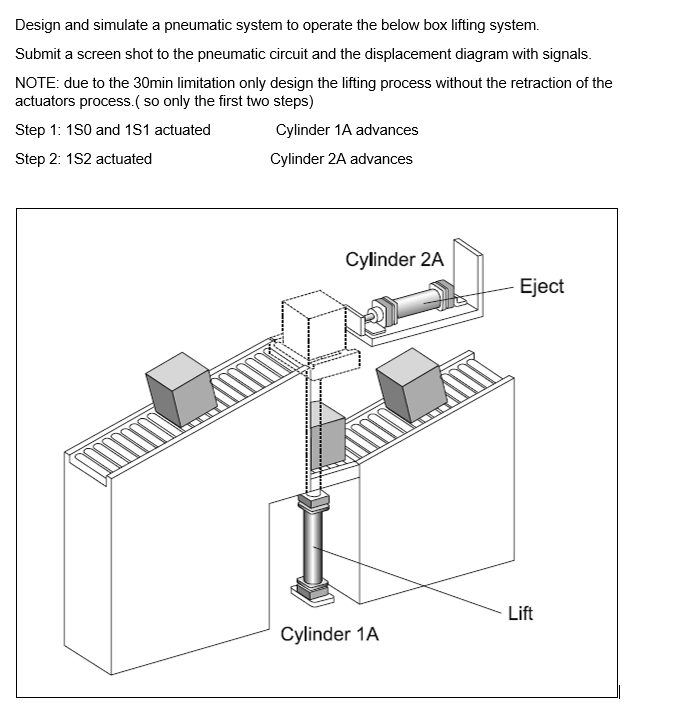


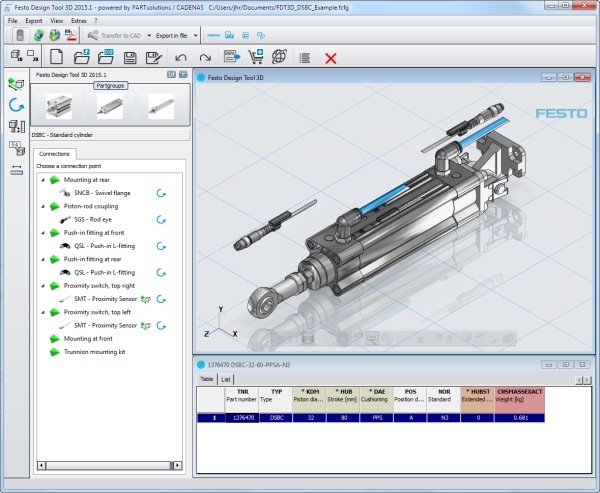
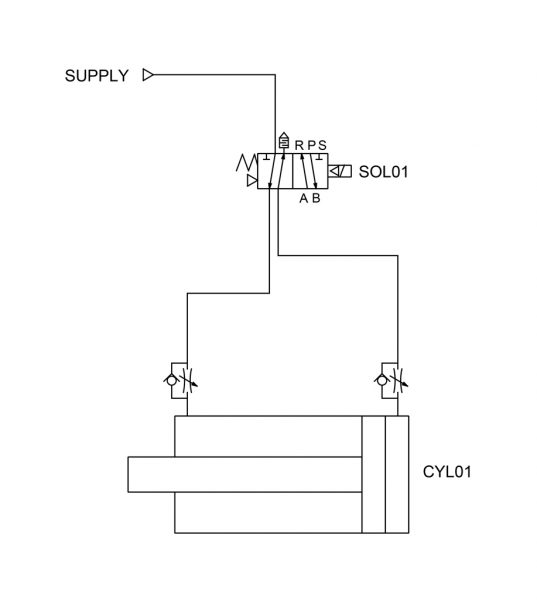
Post a Comment for "Pneumatic System Design"